Eclipse 2024
Dr. Nic Scott
Telescope Systems Scientist
The CHARA Array/NASA BAERI

Bio
GSU
-IScAI
-LESIA/Obs Paris
photography/film
UNCC
-physics
-psych
-astro
Applied Physics
-biomedical optics
-medical physics
-astro
NASA/BAERI
-exoplanets
-speckle
CHARA
-long baseline optical interferometry





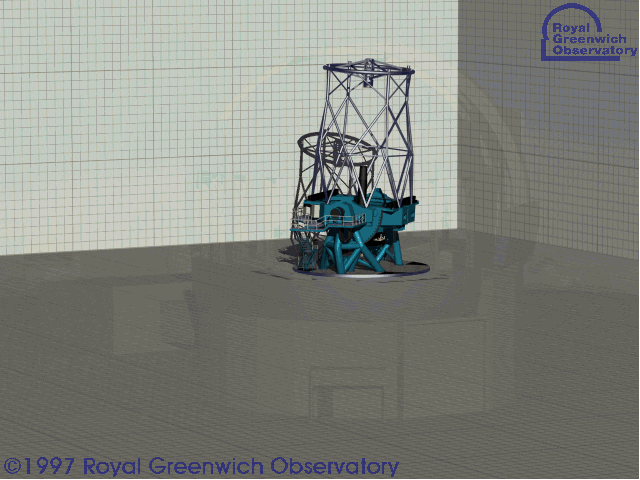


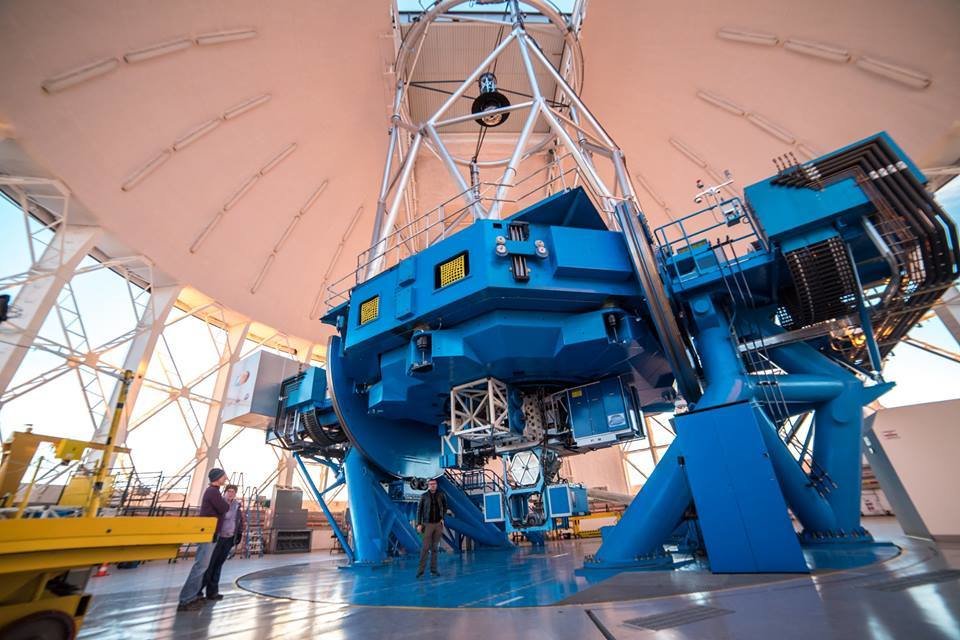



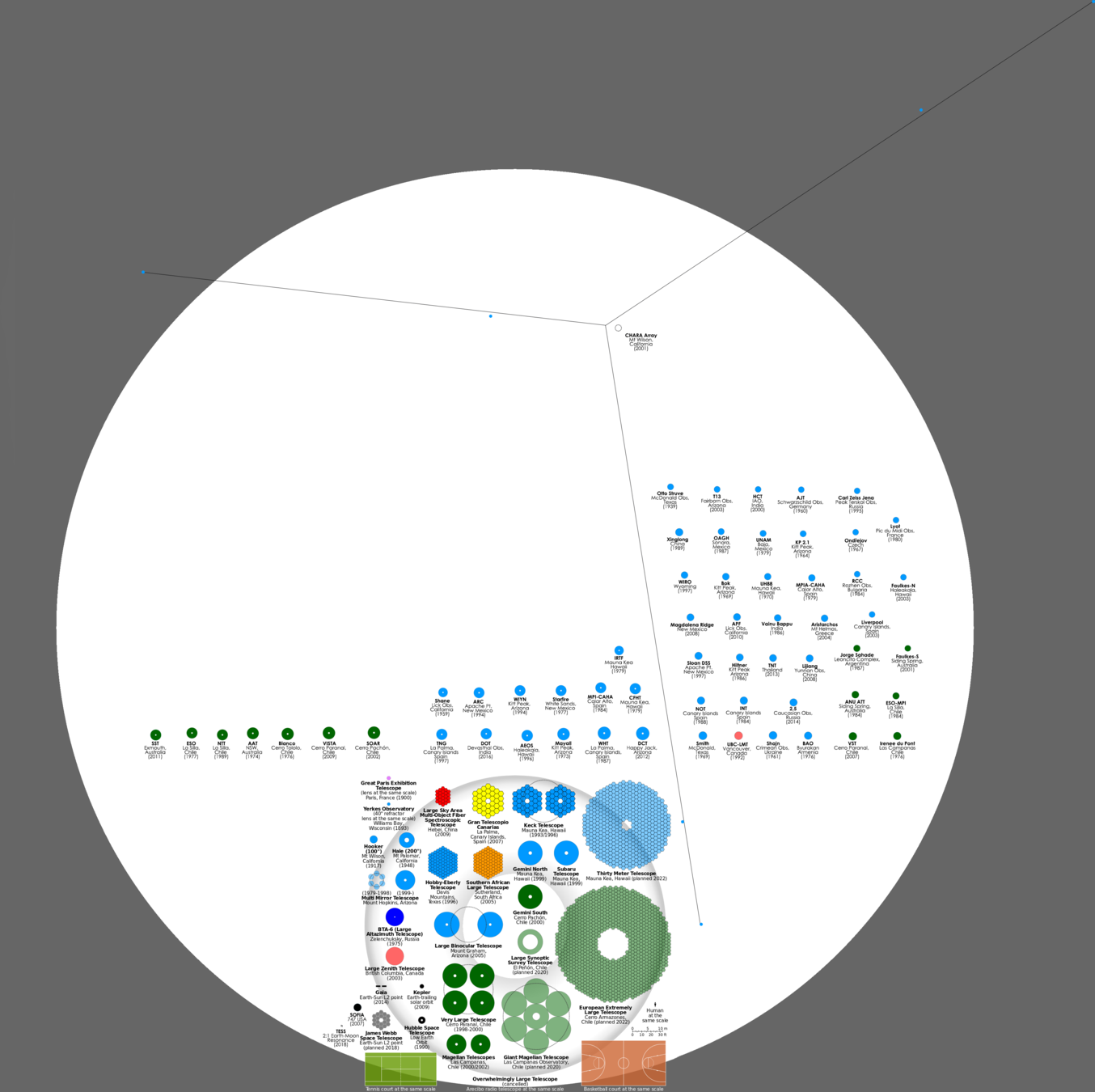
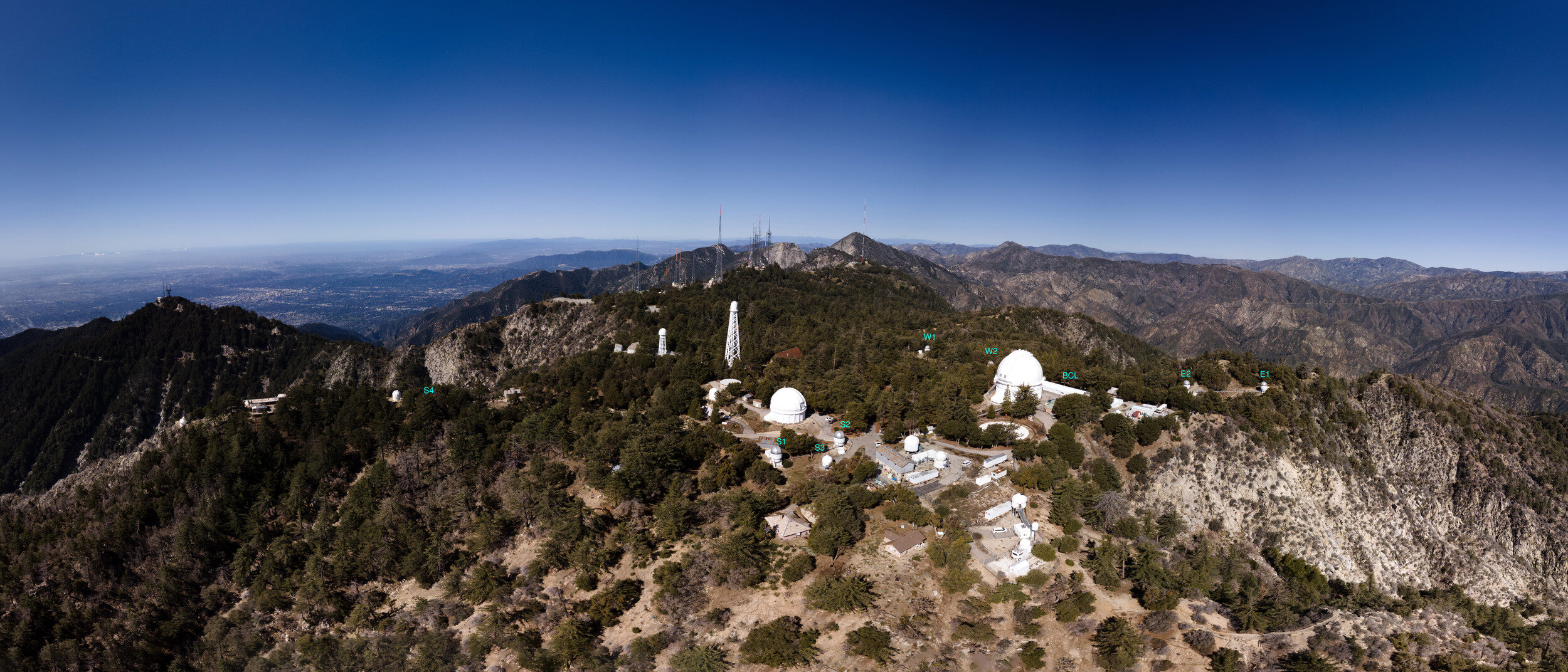

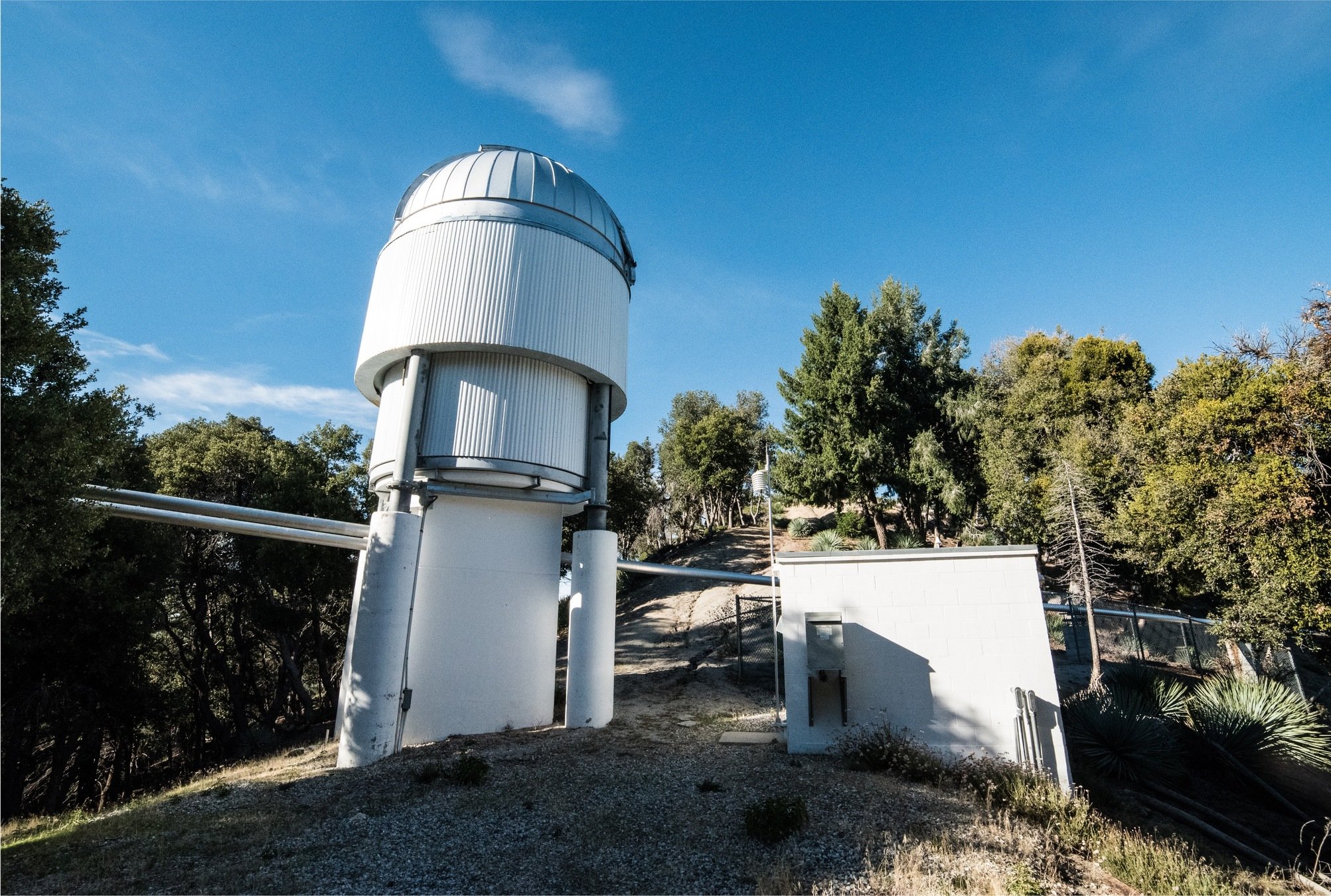
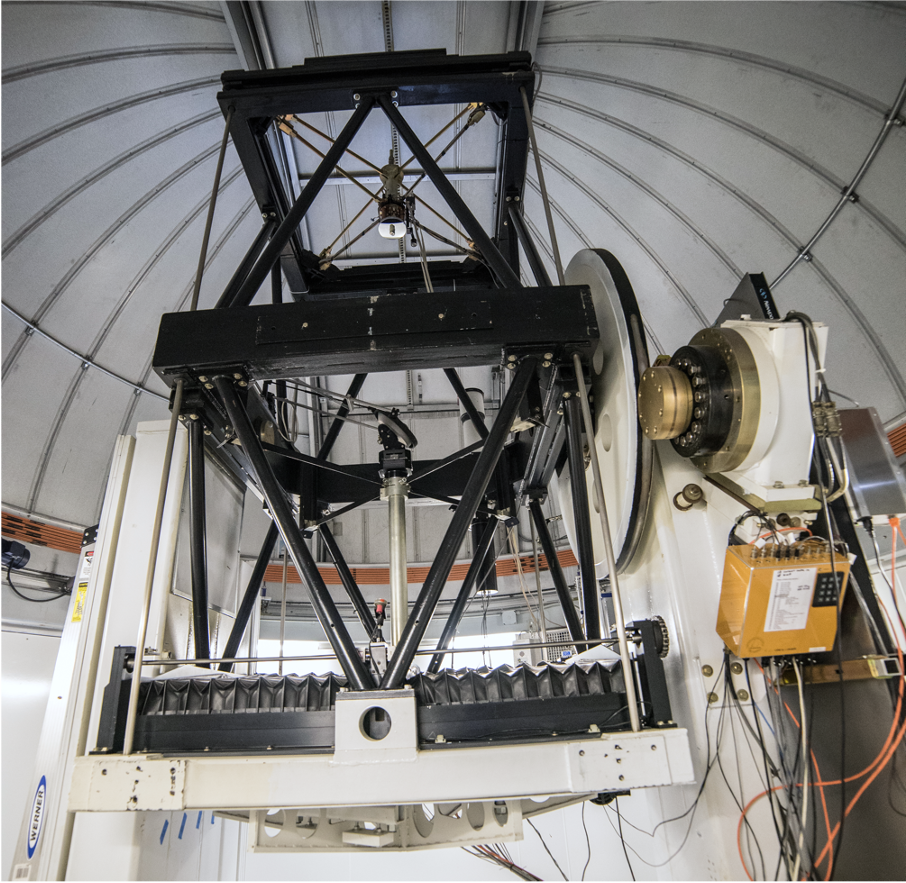
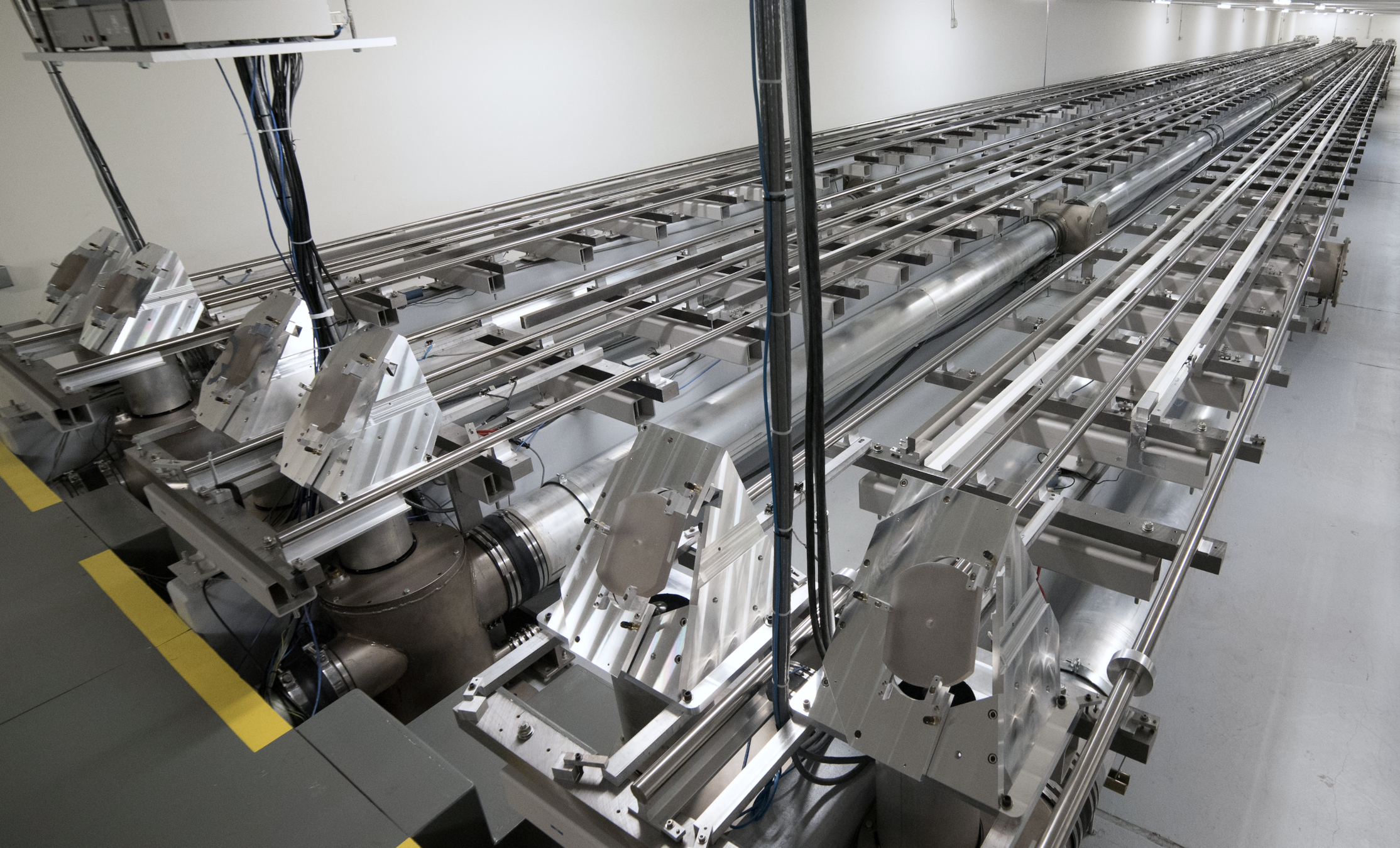

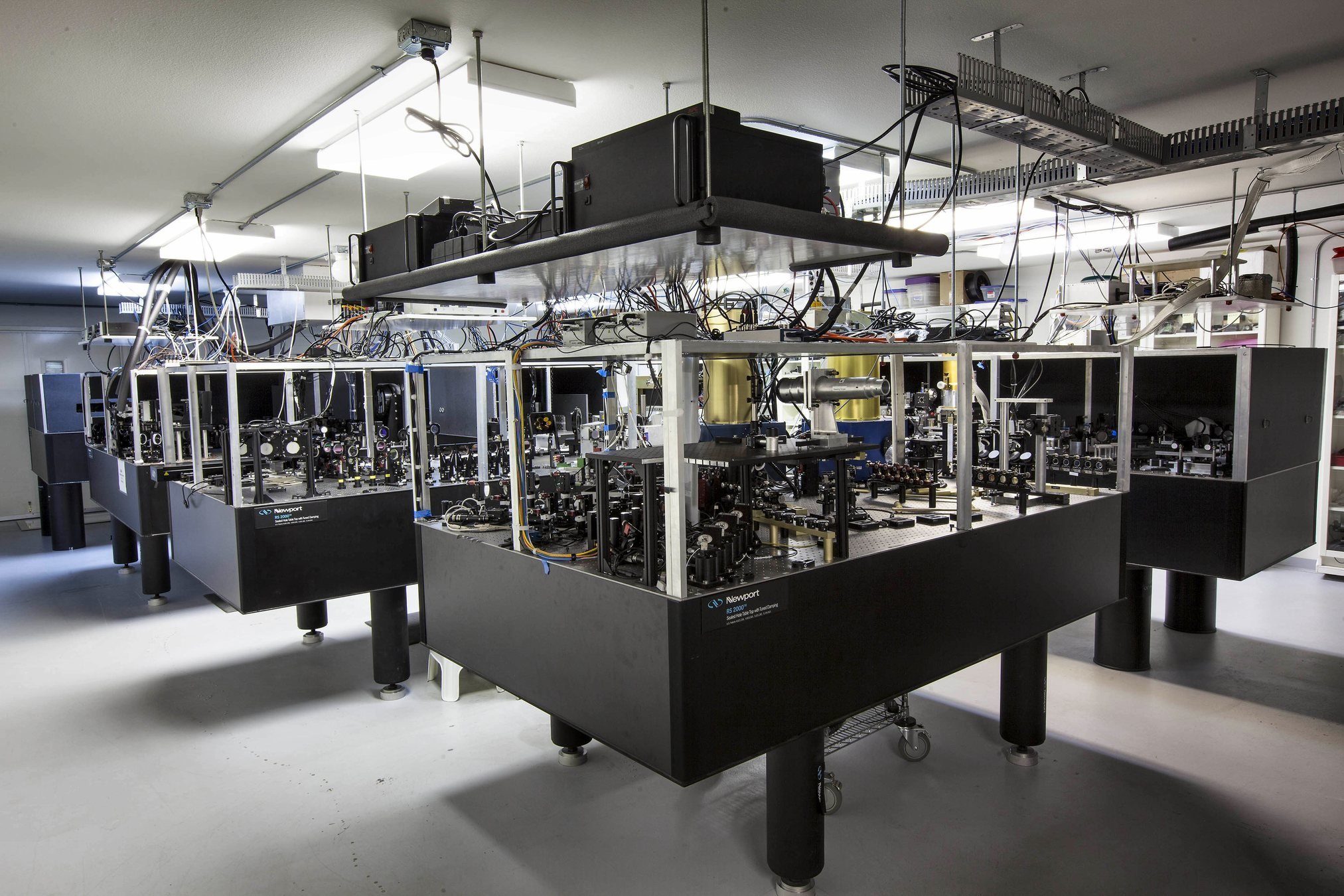



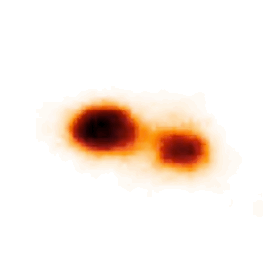
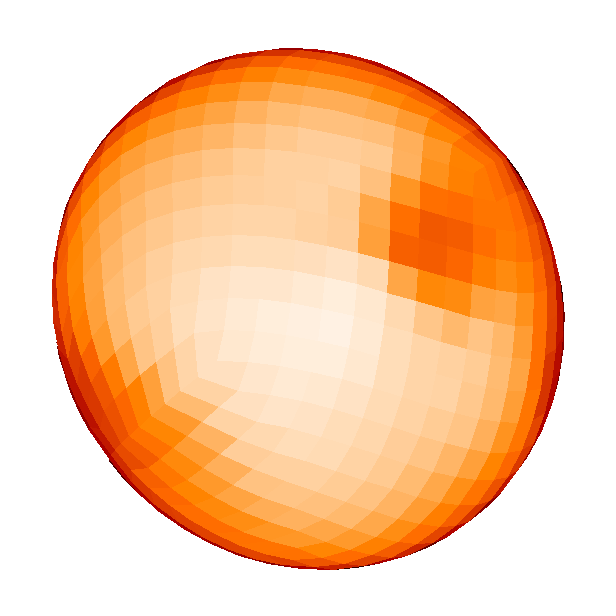
Spotted magnetic stars
Interacting binaries

Expansion curve of Nova Del 2013.


Regulus -- Che et al. 2011, ApJ, 732, 68
Rasalhague -- Zhao et al. 2009, ApJ, 701, 209
Altair -- Monnier et al. 2007, Science, 317, 324
Alderamin -- Zhao et al. 2009, ApJ, 701, 209
Beta Cas -- Che et al. 2011, ApJ, 732, 68
Finding exoplanets


All we can to measure is light from a distant star... so how can we find a planet that we can't see?
What's an exo-planet?
- Planets must orbit the Sun
- Planets must be large enough that their gravity forces their shape to be spherical
- Planets must clear their orbits of other material, so they are the largest body near their orbit
What's a planet?
- All the above except:
Planets must orbit the Sun

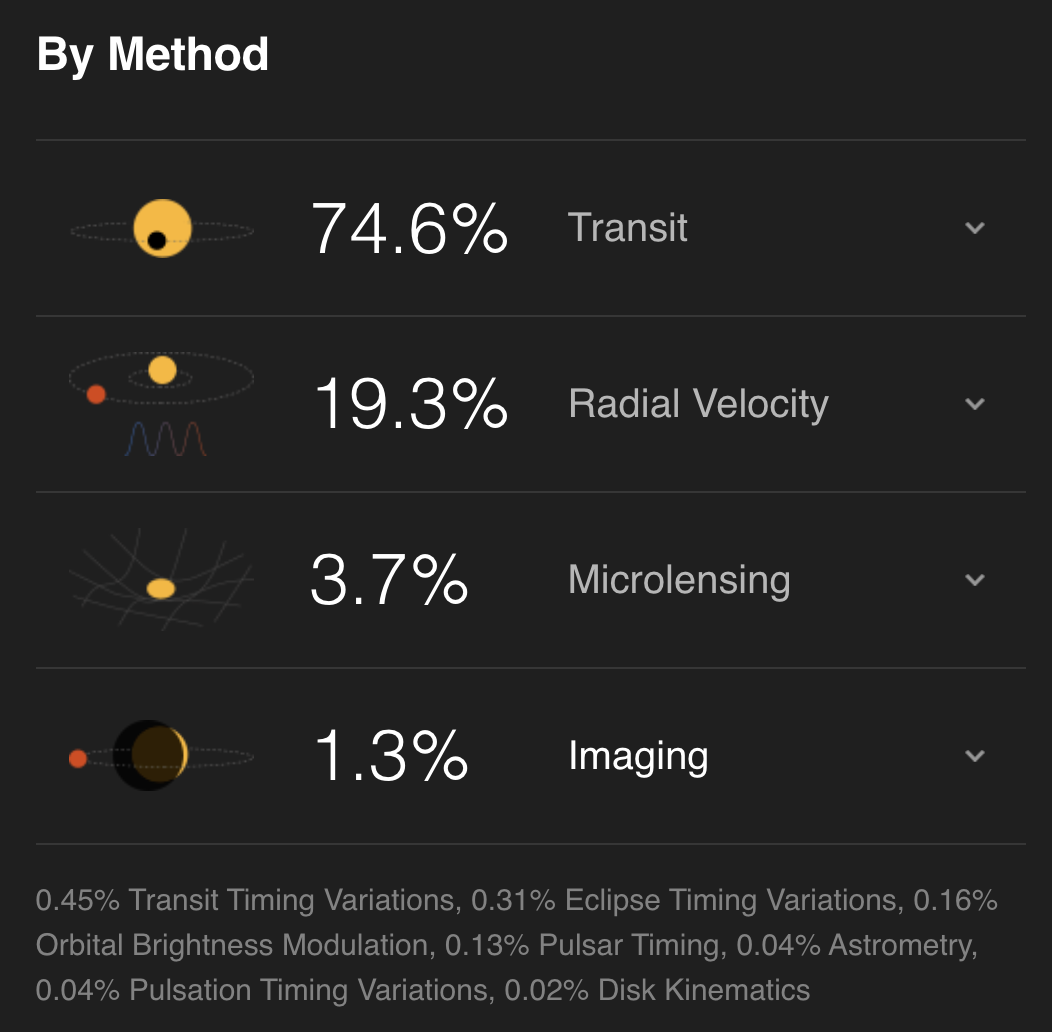
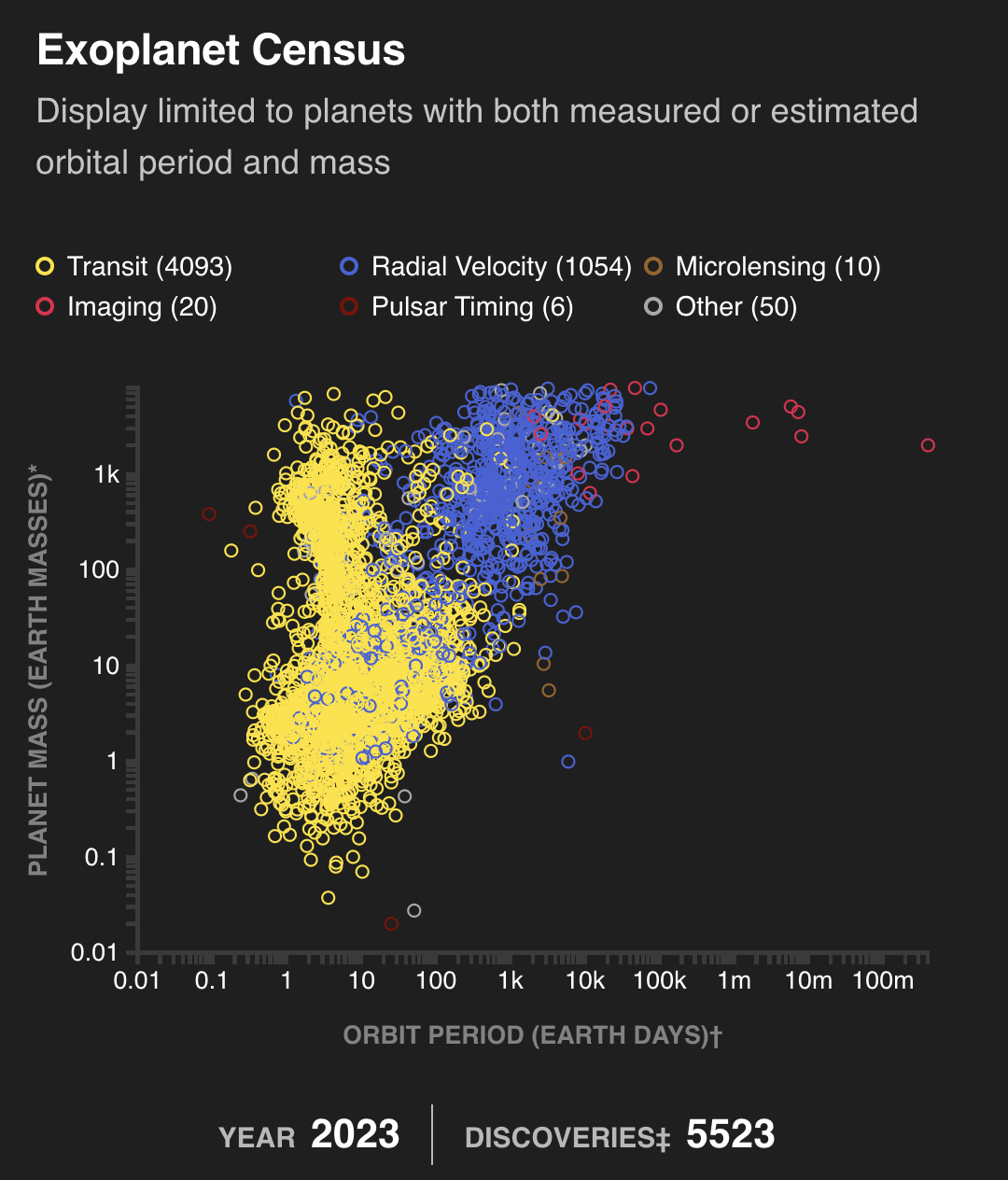
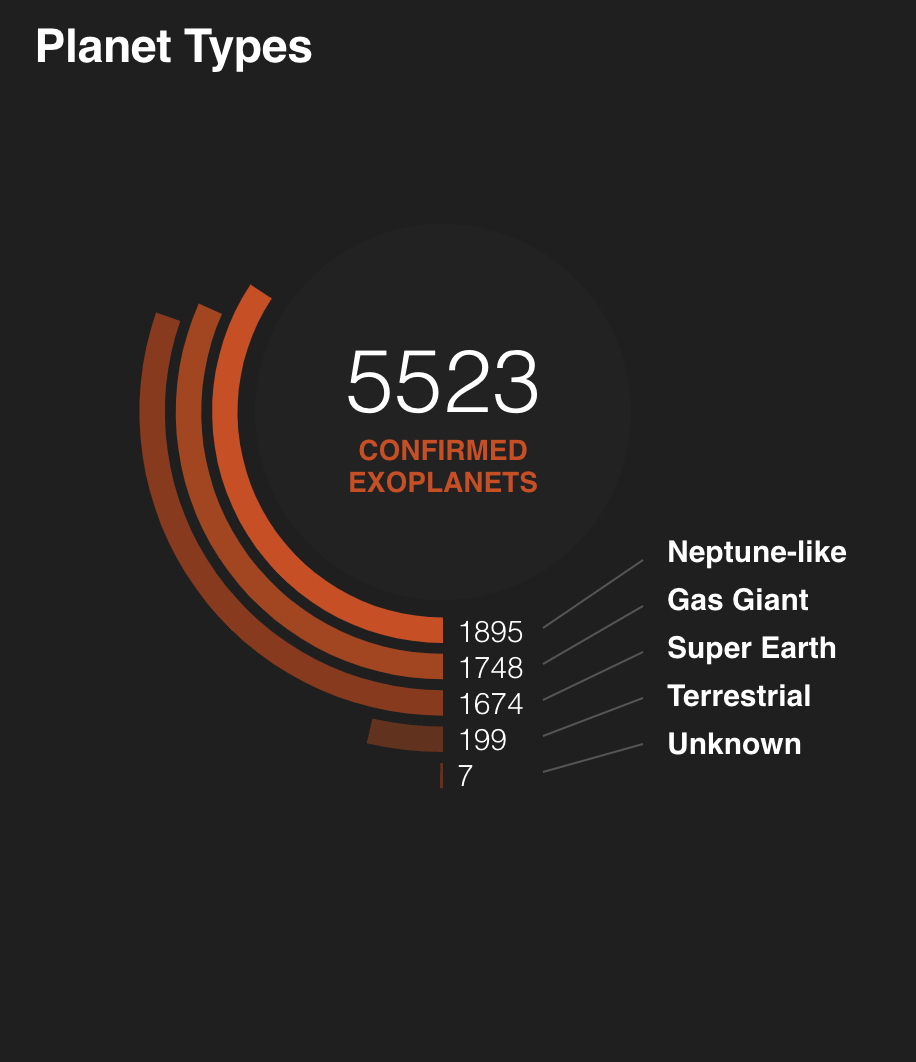

- Hot Jupiters
- lava planets
- rogue planets
- tidally locked/eyeballs
- multiple worlds
- lethal rain
- devoured planets
- evaporating planets
- eccentric orbits
- ocean planets
- zombie planets
- circumbinary planets










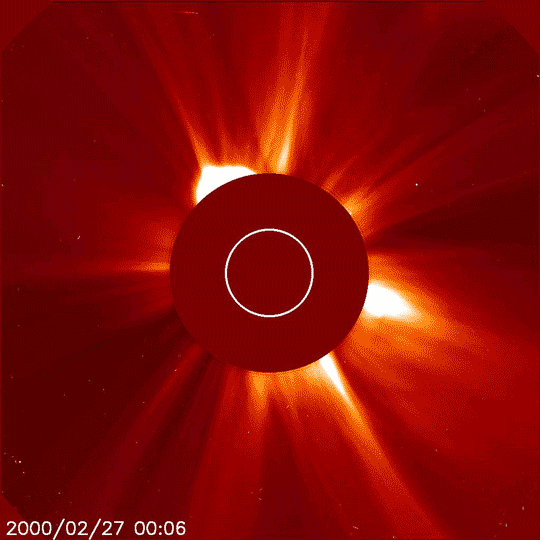
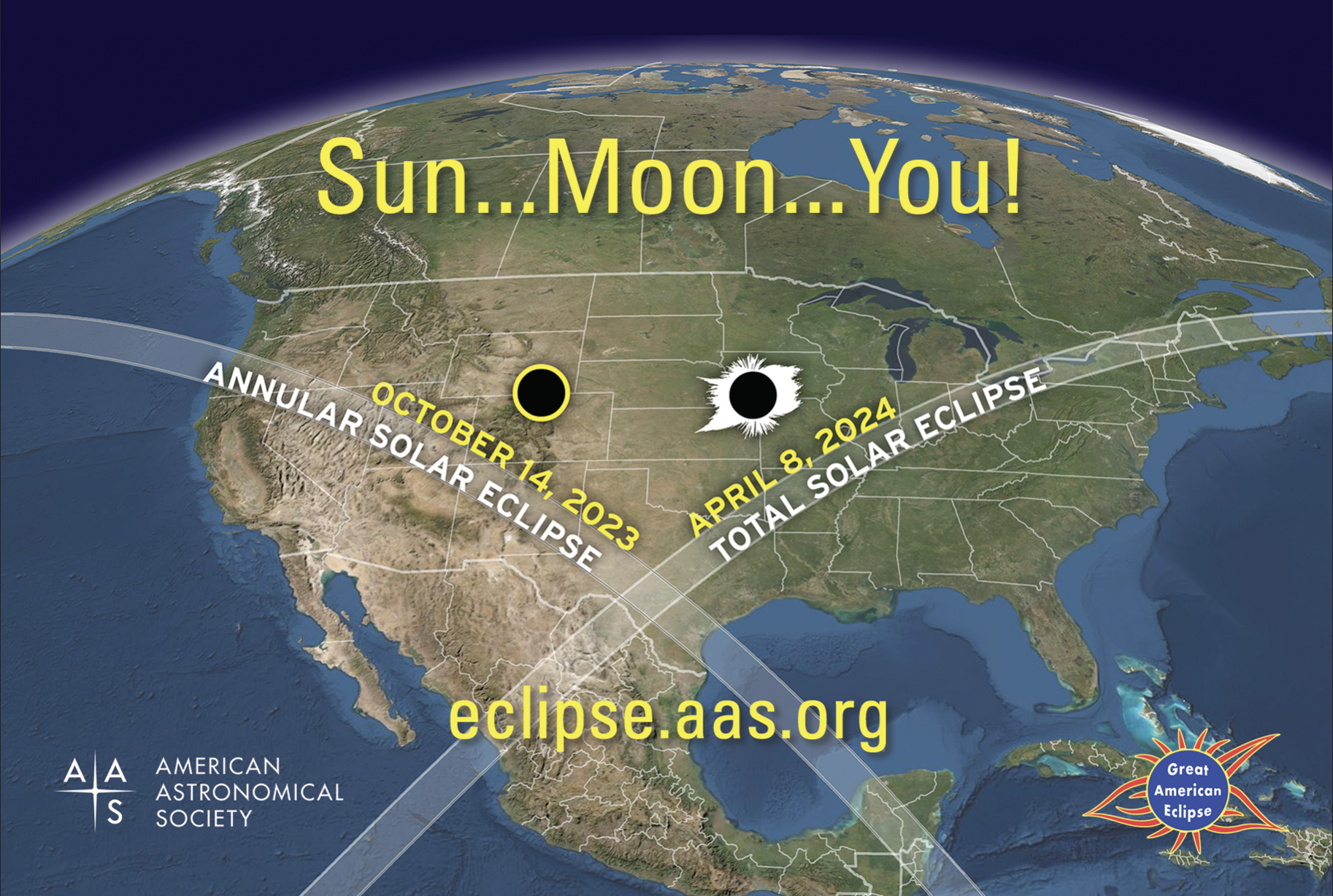



Unlike most illustrations of this kind, in this graphic, the Earth and the Moon are to scale. The Sun is off-screen to the left, about 400 times farther than the Earth-Moon distance and roughly twice as big as the Moon's orbit.

Ways to view an eclipse (safely)
- solar glasses
- cereal box viewer / handheld viewer
- colander / projected pinhole image
The only safe way to look directly at the uneclipsed or partially eclipsed sun is through special-purpose solar filters, such as “eclipse glasses” or hand-held solar viewers*. Homemade filters or ordinary sunglasses are not safe for looking at the sun
*verified to be compliant with the ISO 12312-2 international safety standard
- Inspect your solar filter before use; if scratched or damaged, discard it.
- Always supervise children using solar filters.
- Cover your eyes with your eclipse glasses before at the Sun. Do not remove it while looking at the sun.
- Do not look at the uneclipsed or partially eclipsed sun through an unfiltered camera, telescope, binoculars, or other optical device.
- Do not look at the sun through a camera, a telescope, binoculars, or any other optical device while using your eclipse glasses or hand-held solar viewer — the concentrated solar rays will damage the filter and enter your eye(s), causing serious injury.
- Seek expert advice from an astronomer before using a solar filter with a camera, a telescope, binoculars, or any other optical device. Note that solar filters must be attached to the front of any telescope, binoculars, camera lens, or other optics.
- If you are within the path of totality , remove your solar filter only when the moon completely covers the sun’s bright face and it suddenly gets quite dark. Experience totality, then, as soon as the bright sun begins to reappear, replace your solar viewer to look at the remaining partial phases.
- Outside the path of totality, you must always use a safe solar filter to view the sun directly.
- If you normally wear eyeglasses, keep them on. Put your eclipse glasses on over them, or hold your handheld viewer in front of them.






The Sun's Corona




Bailey's Beads

"Diamond Ring"

Solar Prominence
ruby-red light of hydrogen gas heated to more than 20,000° Celsius (36,000° Fahrenheit)

Ippolito Caffi and the 1842 Solar Eclipse in Venice

Butler, 1918

Approach of the Moon's Shadow

Georg von Peurbach, Theoricæ nouæ planetarum, 1423-1461


Astronomy Explained, James Ferguson, 1757.

Etienne Trouvelot, Lithograph in colour, Total eclipse of sun; observed 29 July 1878
Roy Lichtenstein, Eclipse of the Sun I (left), II (right), Oil and Magna on Canvas, 1975


Zakariyya ibn Muhammad al-Qazwini, pages from “Aja’ib Al Makhluqat wa Ghara’eb Al Mawjodat” (The Wonders of Creation), 1203-1283



Image from On the Moon written by Konstantin Tsilkovsky in 1887
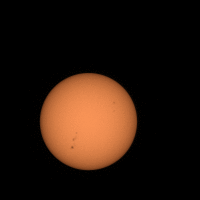
Phobos eclipse on Mars from Perserverence, 2019
links:


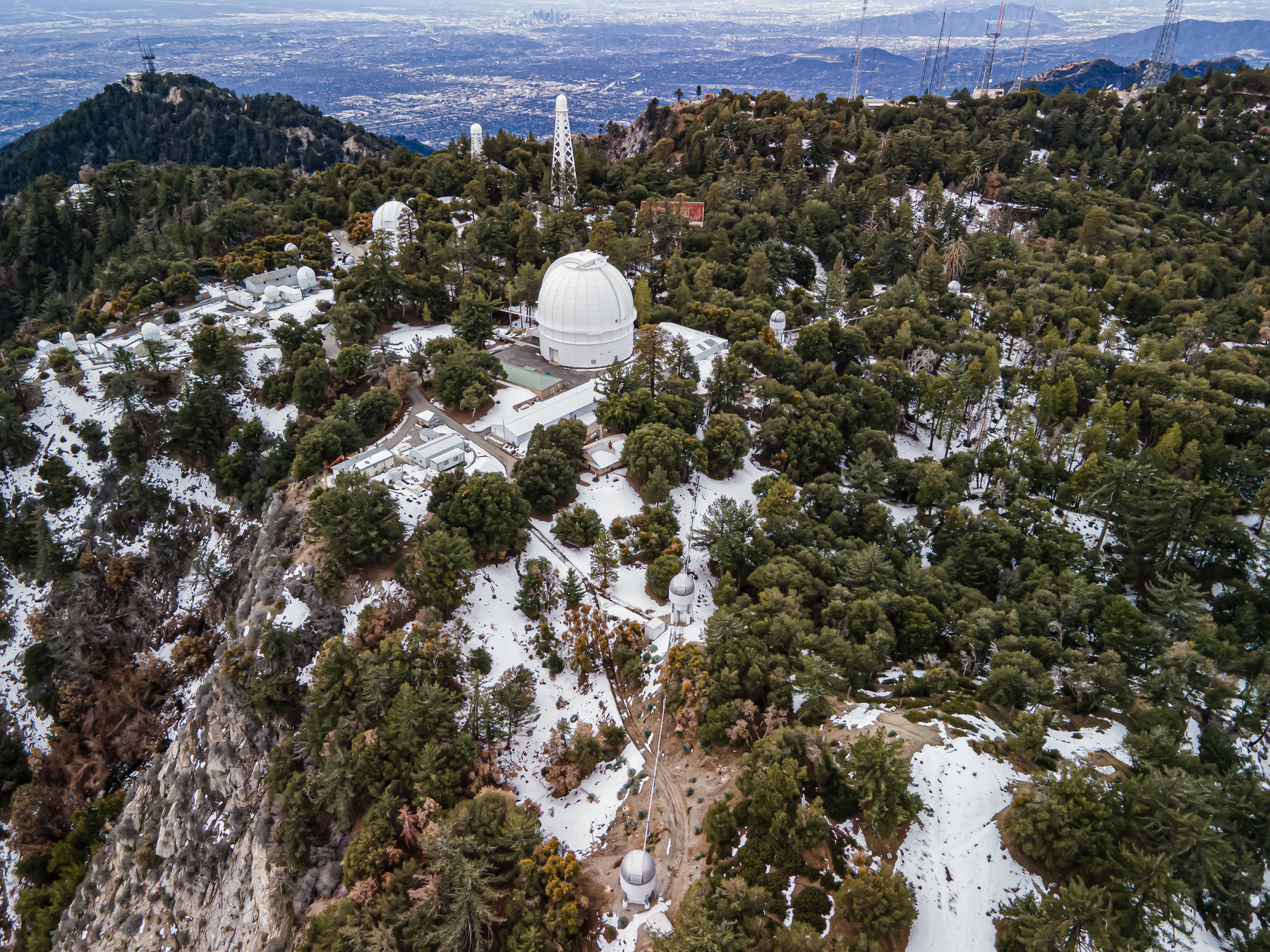


A graph of April cloud amounts along the centre line derived from the same dataset as Figure 3. Stations are plotted according to their longitude, even though they often do not lie on the centreline. Source: NASA.

This graph shows the average October cloud cover (2000-2018) from satellite measurements at 10:30 am local time along the centerline of the October 14, 2023, annular eclipse track. Units are fractional sky cover, which can be interpreted as percent cloud cover. Courtesy Jay Anderson, Eclipsophile.com.





There's about 5077 stars visible by naked eye. Which works out to 404 stars per sterradian.
So if you hold an iphone out at arm's distance, there’re about 50 visible stars in that amount of sky
There’s estimated to be 200 billion galaxies. Which works out to about 15.9 billion per sterradian.
An iphone 12 screen pixel is ~0.3mm.
There’re about 1,400 galaxies in the area of that single pixel.
An estimate of the number of stars per galaxy is 100 billion.
So that puts around
140,000,000,000,000 stars in the area of that single pixel
Atmospheres
&
Biosignatures?




Oxygen

- get transmission spectrum of the atmosphere
- measure different radii at different wavelegnths to give clues to composition

Super-Earth or mini-Neptune?

Types of
exoplanets






Giordano Bruno
(1548 – 1600)
Italian Friar




Oct 1995

Most stars aren' t single
~50% of the stars you see are binaries
~25% are triples
-on avg there's an exoplanet per star
~10% of Sun-like stars likely host rocky exoplanets, more for lower-mass stars
Telescope Systems Scientist (CHARA)
Instrumentalist (NASA)
Instrumentation development and maintenance program
-telescopes, adaptive optics systems, enclosures, and the beam relay systems.
-laboratory electro-optical systems
-design and development of new instruments
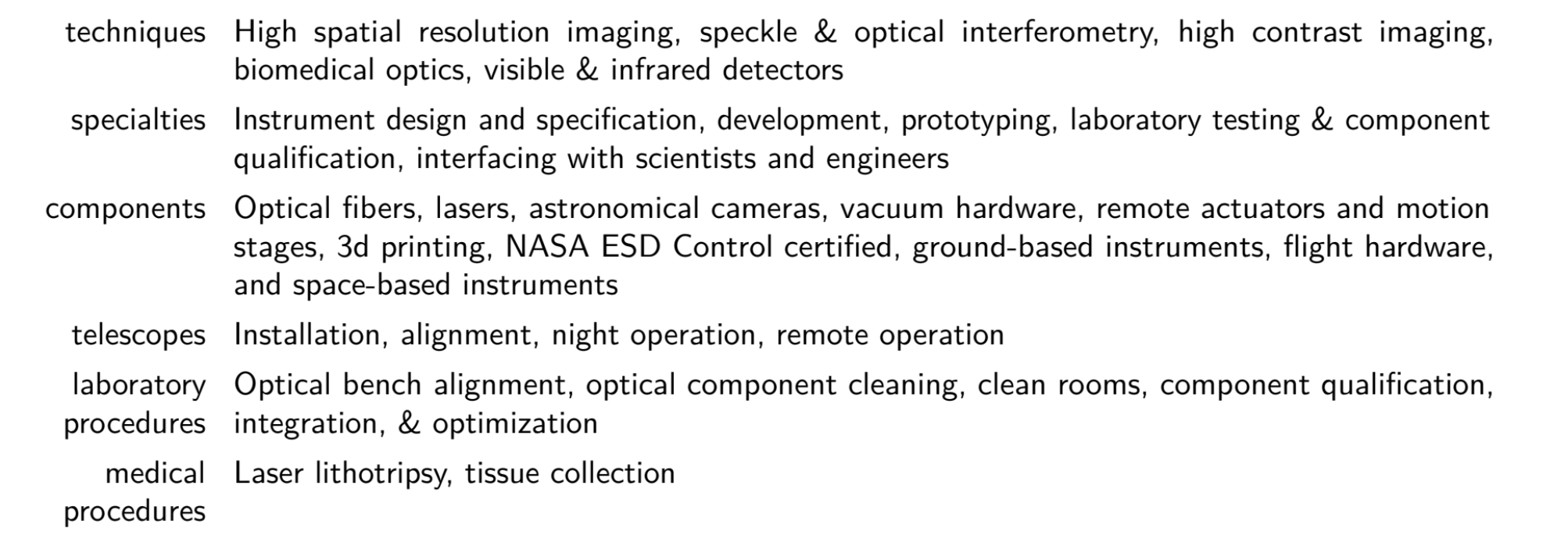
"dedicated generalist"
deck
By Nic Scott
deck
- 514



